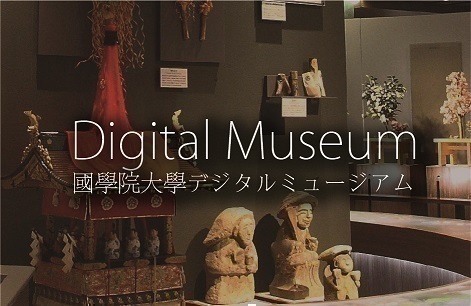- トップ
- Encyclopedia of Shinto
- Banshinkō
Encyclopedia of Shinto
| Main Menu: | |
| Links: |
詳細表示 (Complete Article)
| カテゴリー1: | 9. Texts and Sources |
|---|---|
| カテゴリー2: | Other Basic Texts |
| Title | Banshinkō |
| Text | (Ban Nobutomo) This one-volume text was written by Ban Nobutomo at an unknown date. Banshin literally means "foreign deities", but more specifically refers to the ancestors of immigrant families and the deities they introduced from their home countries. The text is an historical inquiry concerning the four kami enshrined at Hirano Shrine (saijin), which is itself valued as a myōjin taisha (a shrine of "famous kami"). These four kami are ancestors of the Kudara dynasty, the maternal ancestors of Emperor Kanmu whose roots lie in the Korean Penninsula; as such, these four kami are considered to be banshin. Among the four enshrined kami, Imakinokami (Seimyōō) ranks as the primary deity (honshin). In addition, the text seeks to demonstrate that the saijin of the Asukabe, Morimoto, and Masamune Shrines are ancestors of the Kudara dynasty or Liu family of the Chinese Han dynasty and are therefore also banshin. Moreover, in the appendix it is pointed out that the saijin of Himekoso, Ōsake, Izushinimasu, Kyōman, and Koma Shrines, as well as the Eleven Shakuten of Daigakuryō, are also banshin. According to the introduction, this book seeks to elucidate the process by which ancestors of foreign families came to be enshrined in Japan; its target audience consisted of people who considered the worship of banshin a questionable activity as well as those who believed that banshin are the ancestors of "non-immigrant" lineages (torai igai kei ). Nobutomo examines Busshinron (theories concerning the relationship between the buddhas and the kami ) as evidence that the buddhas were also introduced into Japan as banshin. He argues that the acceptance and worship of banshin is an expression of the "wide road" and the tolerance of the Japanese kami and, consequently, that it should not be surprising in the least that Shintō would tolerate foreign deities. Banshin kō is included in Ban Nobutomo zenshū , volume 2 (1907, Kokusho Kankōkai), and in the Jingi zensho, volume 2 (1907, Kōten Kōkyōsho). See also banshin, gairaishi. — Mori Mizue |




